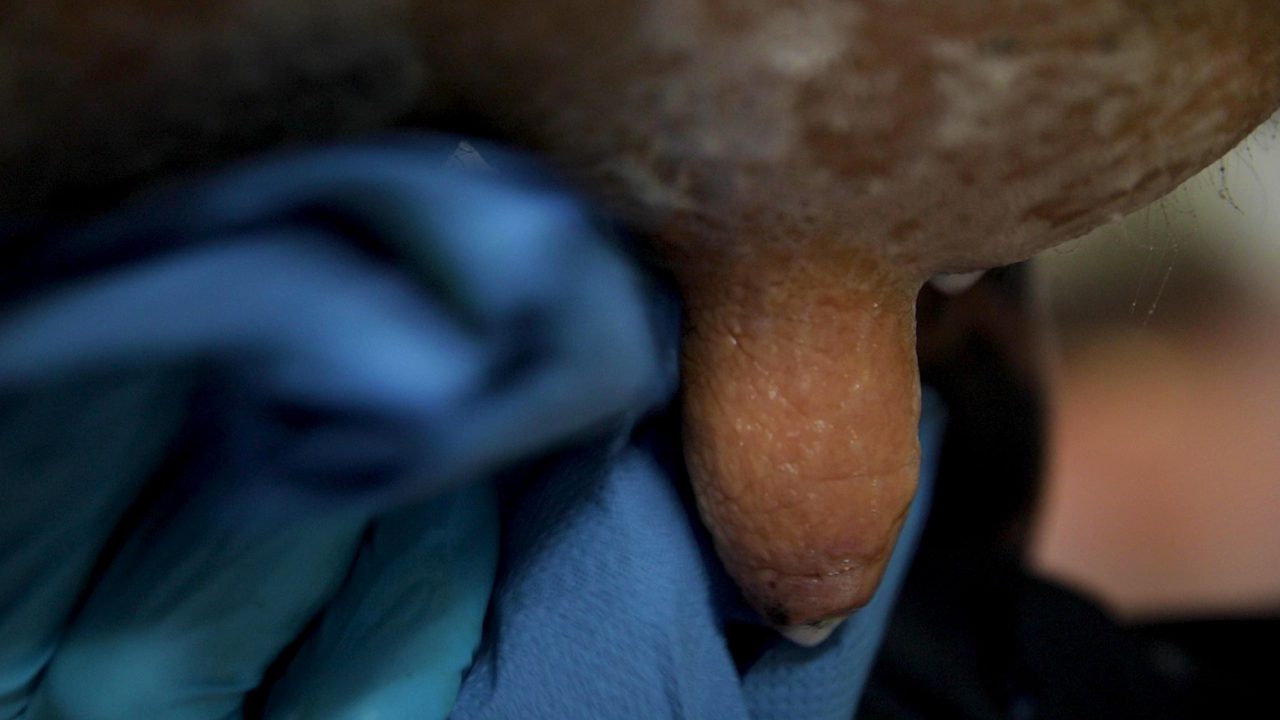One of the easiest and most effective ways of controlling mastitis within your herd is through the use of a post-milking teat disinfectant.
The vast majority of dairy farms in Ireland apply a teat spray/dip post-milking, but why?
The spray/dip acts as an disinfectant to reduce the amount of bacteria present on the teat surface.
It is particularly important for herds that are suffering from high somatic cell count (SCC) or herds that are having frequent mastitis outbreaks.
Mastitis control
The use of an effective post-milking teat disinfectant is an essential part of a good milking routine.
Mastitis is the most economically challenging disease on Irish dairy farms, with each case potentially costing farmers between €250 to €300 – mainly down to lost production.
Cow teats are the only part of the cow that come into direct contact with the milking machine. Contact between the two can lead to the development of mastitis if not managed correctly.
Cows exiting the milking parlour are also at high risk of developing mastitis if the post-milking treatment is not completed correctly.
Post-milking
Cows’ teats should be sprayed/dipped straight after the cluster has been removed, before the sphincter canal starts to close.
This also reduces the amount of time bacteria has to enter the teat opening and the amount of time they have multiply.
Spraying should be done before cows move off and are directed upwards, with the whole area of the teats being covered.
A more effective way for better teat coverage is teat dipping; it offers farmers better teat coverage, but takes more time.
It should also be noted that if the teat-dip cup is not cleaned between milkings, it can help the spread of bacteria.
Checking effectiveness
You should be checking the effectiveness of teat dips/sprays regularly, and you should be using around 10ml/cow with a dip and 15ml/cow for spraying.
Based on the number of cows within the herd you can determine if you are using enough teat dip during each milking.
To ensure you are getting full coverage of the teat you should carry out an inspection regularly.
Spray all four of the cow’s teats, then using a paper towel to cover one of the four teats, remove the spray. The paper towel should have a nice, even coverage of spray – if this is not the case, repeat until it does.
A small change in the way the spray is applied will make it more effective and should reduce the amount of bacteria remaining on the teat.
